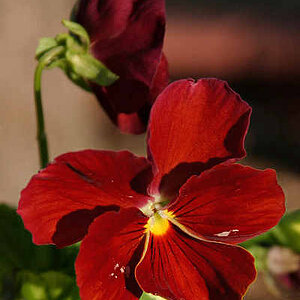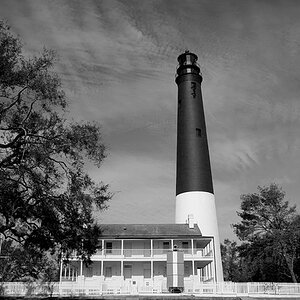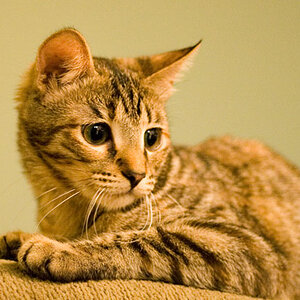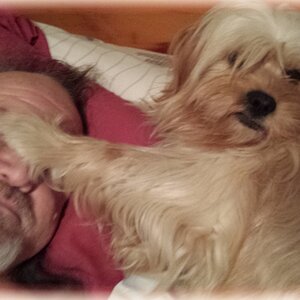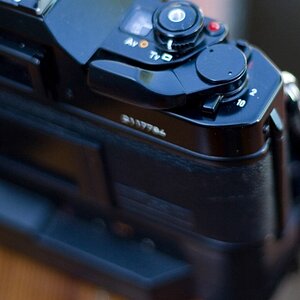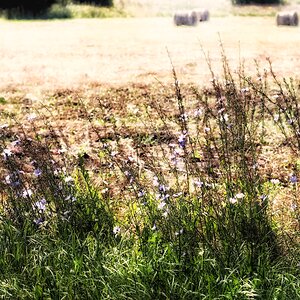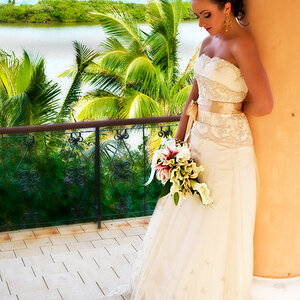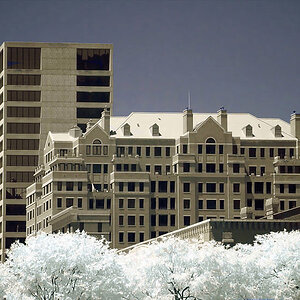Parago
TPF Noob!
- Joined
- Dec 13, 2006
- Messages
- 324
- Reaction score
- 0
- Can others edit my Photos
- Photos NOT OK to edit
Ok I swear I tried to find info by using the 'search' function but I'm still clueless so I'm hoping it's ok to make another thread 'just for me'.
Until now, I've been doing my stuff with one light only - I'm doing quite a lot of post work in Photoshop so it didn't really bother me. As I'm getting more and more work, I want to start minimizing the time I used to spend 'fixing' shadows and such so I've decided to add a second light source.
Right now I am working with a Nikon D50 (will soon be replaced by a D300) and for light I'm using a AlienBee B400 behind a Medium Octabox, which I love dearly. I wouyld prefer the add-on to be an AlienBee as well as I've had very positive experiences with them.
What I was thinking was, swap out the 400 for a 800, keep on using the Octabox with it, and use the 400 for eliminating 'the dark side' that happens every now and then, especially with moving subjects like kids..
What to stick on it, though? Another softbox, a honeycomb grid, an umbrella? I'm at a loss and there's so much conflicting information out there that I'm starting to feel like an idiot.
To clarify - I don't want a backdrop light per se, since I'm shooting a lot of kids (there's no way I can hide a backdrop light behind my subjects..) and if possible, I would like to avoid reflectors as well.
How would you guys suggest setting up a two light studio that sees primarily children, babies, and small families (groups up to 4)?
Thanks a lot.
Until now, I've been doing my stuff with one light only - I'm doing quite a lot of post work in Photoshop so it didn't really bother me. As I'm getting more and more work, I want to start minimizing the time I used to spend 'fixing' shadows and such so I've decided to add a second light source.
Right now I am working with a Nikon D50 (will soon be replaced by a D300) and for light I'm using a AlienBee B400 behind a Medium Octabox, which I love dearly. I wouyld prefer the add-on to be an AlienBee as well as I've had very positive experiences with them.
What I was thinking was, swap out the 400 for a 800, keep on using the Octabox with it, and use the 400 for eliminating 'the dark side' that happens every now and then, especially with moving subjects like kids..
What to stick on it, though? Another softbox, a honeycomb grid, an umbrella? I'm at a loss and there's so much conflicting information out there that I'm starting to feel like an idiot.
To clarify - I don't want a backdrop light per se, since I'm shooting a lot of kids (there's no way I can hide a backdrop light behind my subjects..) and if possible, I would like to avoid reflectors as well.
How would you guys suggest setting up a two light studio that sees primarily children, babies, and small families (groups up to 4)?
Thanks a lot.


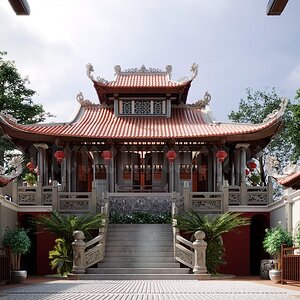
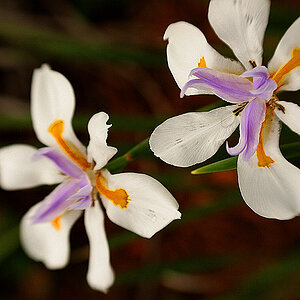
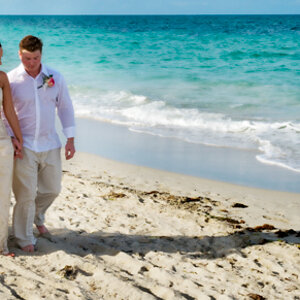
![[No title]](/data/xfmg/thumbnail/37/37134-5a2bb173004bc7a08fdf2124814ebdc1.jpg?1619737884)
